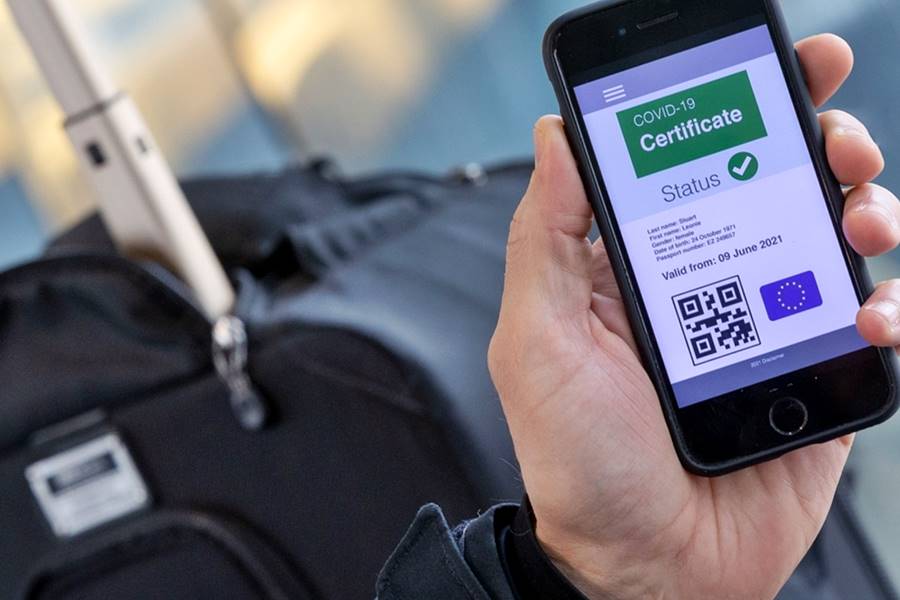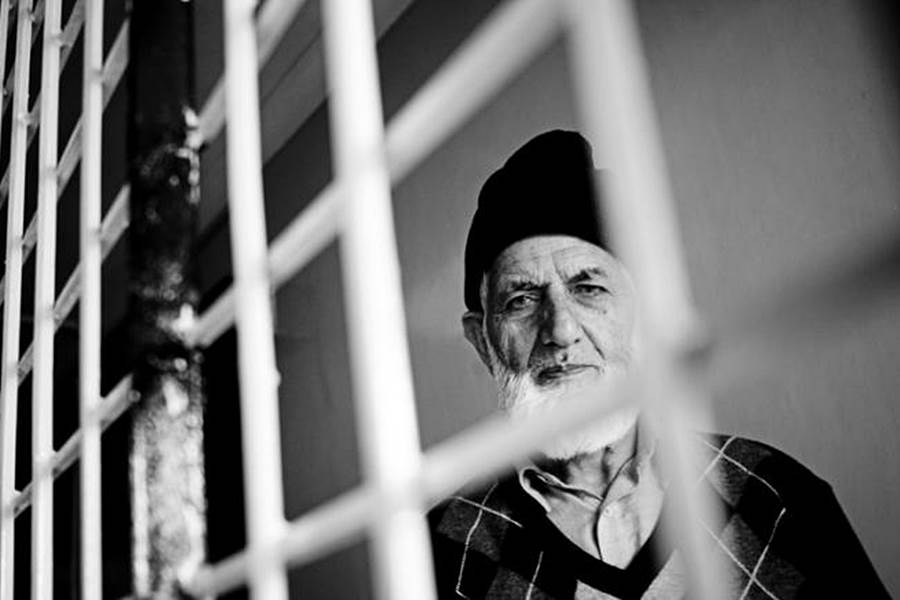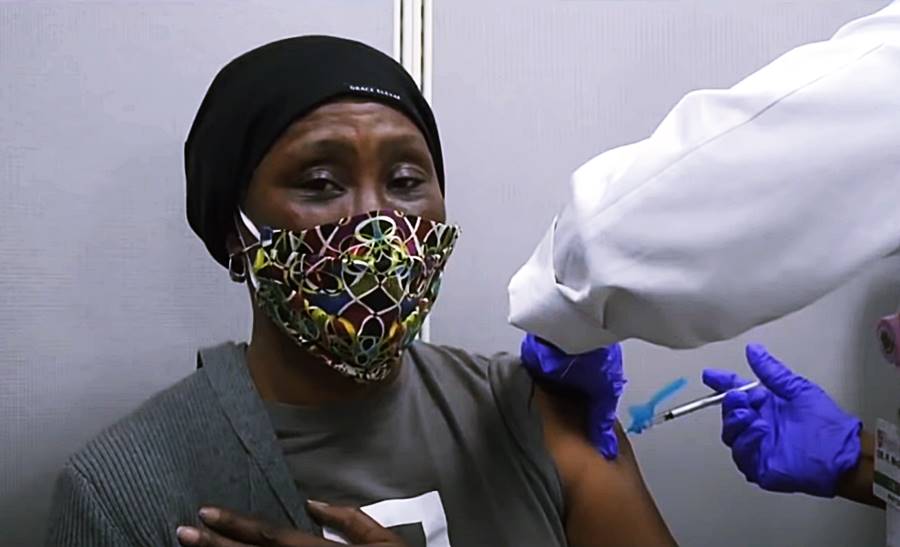Tue 09 March 2021:
Availability of data on violence against women and girls has increased significantly in recent years, and data on the prevalence of intimate partner violence is now available for at least 106 countries.
Calls to helplines have increased fivefold in some countries as rates of reported intimate partner violence increase because of the COVID-19 pandemic, the United Nations said Monday.
Restricted movement, social isolation and economic insecurity are increasing women’s vulnerability to violence in the home worldwide, the UN gender equality agency, UN Women, said in releasing statistics in combatting violence against women worldwide on International Women’s Day, March 8.
“Globally, 35% of women have ever experienced physical or sexual intimate partner violence, or sexual violence by a non-partner,” said the UN report.
Some national studies show that the number can be as high as 70% of women.
Rates of depression, having an abortion and acquiring HIV are higher in women who have experienced this type of violence than women who have not.
“We need women’s representation that reflects all women and girls in all their diversity and abilities and across all cultural, social, economic and political situations,” said UN Women Executive Director Phumzile Mlambo-Ngcuka.
“This is the only way we will get real societal change that incorporates women in decision-making as equals and benefits us all.”
The UN statistics say that 137 women are killed by a member of their family every day.
It is estimated that of the 87,000 women intentionally killed in 2017 globally, more than half (50,000) were killed by intimate partners or family members.
More than a third (30,000) of the women intentionally killed in 2017 were killed by their current or former intimate partner.
Less than 40% of the women who experience violence seek help of any sort.
One in 10 women in the European Union report having experienced cyber-harassment since the age of 15, according to the UN
This included having received unwanted or offensive sexually explicit emails or SMS messages or offensive and inappropriate advances on social networking sites.

The risk is highest among young women aged 18–29 years.
In the Middle East and North Africa, 40%–60% of women have experienced street-based sexual harassment.
In the multi-country study, women said the harassment was mainly sexual comments, stalking or following, or staring or ogling.
Between 31% and 64% of men said they had carried out such acts.
Younger men, men with more education, and men who experienced violence as children were more likely to engage in street sexual harassment.
Across five regions, 82% of women parliamentarians reported having experienced psychological violence while serving their terms.
This included remarks, gestures and images of a sexist or humiliating sexual nature, threats and mobbing.
Women cited social media as the main channel of this type of violence, and nearly half (44%) reported receiving death, rape, assault or abduction threats towards them or their families.
FOLLOW INDEPENDENT PRESS:
TWITTER (CLICK HERE)
https://twitter.com/IpIndependent
FACEBOOK (CLICK HERE)
https://web.facebook.com/ipindependent
Think your friends would be interested? Share this story!




















